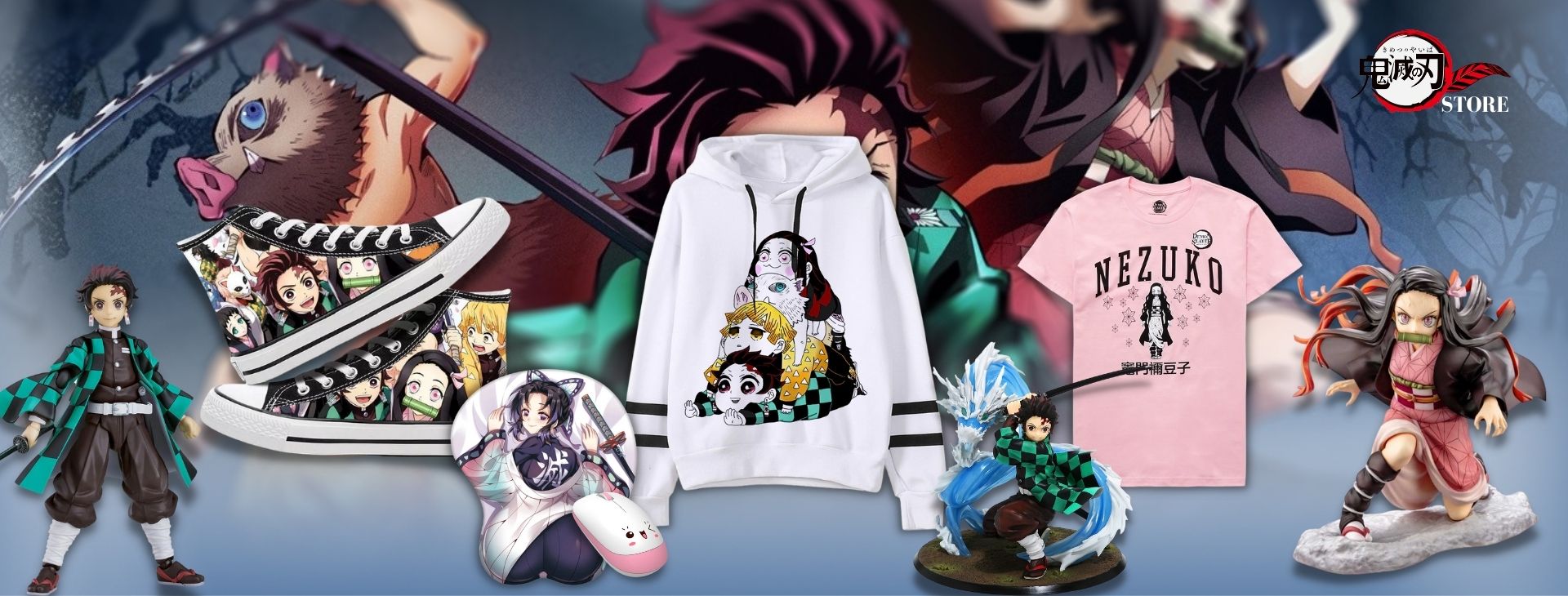On the occasion of the movie Kimetsu no Yaiba officially surpassed Spirited Away to become the highest-grossing Japanese film of all time. Let’s review the features of Japanese culture in this world famous manga.
Kimetsu no Yaiba: Mugen Train.
As announced on December 28, the anime Kimetsu no Yaiba: Kimetsu no Yaiba the Movie: Mugen Train has grossed about 314 million USD from the global box office, officially surpassing the 307 million USD revenue of Spirited Away (2001). – Legendary animated film directed by Hayao Miyazaki and produced by Studio Ghibli, becoming the highest-grossing Japanese film of all time. Kimetsu no Yaiba not only has a unique plot content, but also contains the harmony between modern and ancient cultural elements of Japan. Here are 8 features shown in the film.
Background from the Taisho period
Tanjiro gasped before electric lights in Tokyo.
Most manga and anime will be set in the Edo period, but Kimetsu no Yaiba chooses to take place in the Taisho period. This is the first period that marks the development of mass media such as radio, magazines, movies, etc. That’s why the main character Tanjiro was very surprised with the lights and technology in Tokyo.
Tengu mask of Urokodaki
Tengu mask.
Urokodaki’s mask is inspired by the red-faced, frowning god with an oversized nose – Tengu (Tiangou). According to legend, Tengu used to be an evil god, representing war, bad omens and specializing in seducing monks, but then changed his mind and became the protector of luck, peace and happiness. happiness.
Earrings of Tanjiro Hanafuda
Hanafuda or Hanakaruta is a type of traditional Japanese playing card. The motifs on the card are birds, flowers, and clouds with the characteristics of the 12 months of the year in Japan. Each deck usually has 48 cards and Vietnamese living in Japan often call this deck a flower card because “Hana” means “Flower” in Japanese.
The clear difference between the city and the countryside
You still remember and couldn’t help but laugh at the scene where Tanjiro and his crew entered the city, they thought the train was a monster and they were caught by the police at The station “looks at” because he carries a katana sword on him. For a coal seller like Tanjiro, the city of Tokyo is like magic. A sharp contrast in the level of development between the city and the countryside during the Taisho period can be seen through this passage.
In Kimetsu no Yaiba, wisteria has the role of slaying demons. These beautiful-looking flowering plants are the only thing that can exorcise demons, but we still don’t know what the reason is. The wisteria flower in Japanese culture usually blooms from April to mid-May. In Japanese, “Wisteria” written in Hiragana has the same pronunciation as Mount Fuji as “Fuji” but is different in Chinese characters.
Suit of Muzan
You can see that the outfit Muzan wears is quite cool and luxurious. It was inspired by European vestments. This small detail proves that the Taisho period was the period when Japan opened up to the rest of the world. Western and Eastern cultures began to intersect, and by the late 1920s, men were becoming more and more accustomed to wearing jackets, coats, and vests. Meanwhile, Japanese women prefer vertical pleated Kimono style worn with robes and accessories such as hats, gloves, umbrellas and bags.
Costumes associated with history
Keep warm cloth called Kyahan Nezuko legs.
A lot of the characters’ costumes are associated with Japanese history. Like two cloths to keep Nezuko’s feet warm, they called Kyahan, something that Ninja often used. In addition, straw sandals called Zori also appeared in the Taisho period. Most of the costumes are true to history, the only difference is that the Samurai of that time didn’t roam around in a green and black checkered outfit or wearing a mask… pig’s head!
Pattern on the costume Tanjiro, Nezuko and Zenitsu
Motifs on the costumes Nezuko Asanoha.
Asanoha is the pattern on the demon girl Nezuko’s outfit. Asanoha is the pattern that represents hemp leaves. Because, this plant has vitality and strong growth without much care. This pattern is often used in fabrics for clothing infant and children’s kimono with the hope that they will grow up strong.
Motifs on the costumes of the two main characters.
Tanjiro wears the Ichimatsu pattern – a popular weave since ancient times, it was known as Ichimatsu. This pattern has squares of different colors arranged alternately. This is also the pattern depicted on the two mascots symbolizing the Olympic and Paralympic Games Tokyo 2020. Uroko is a pattern combined by triangles. If you look at the whole you can see them like scales of snakes or fish. This is also a pattern that often appears on Samurai’s clothes as an amulet to protect them from harm. This is also the pattern on the yellow shirt of the crying Zenitsu boy.


